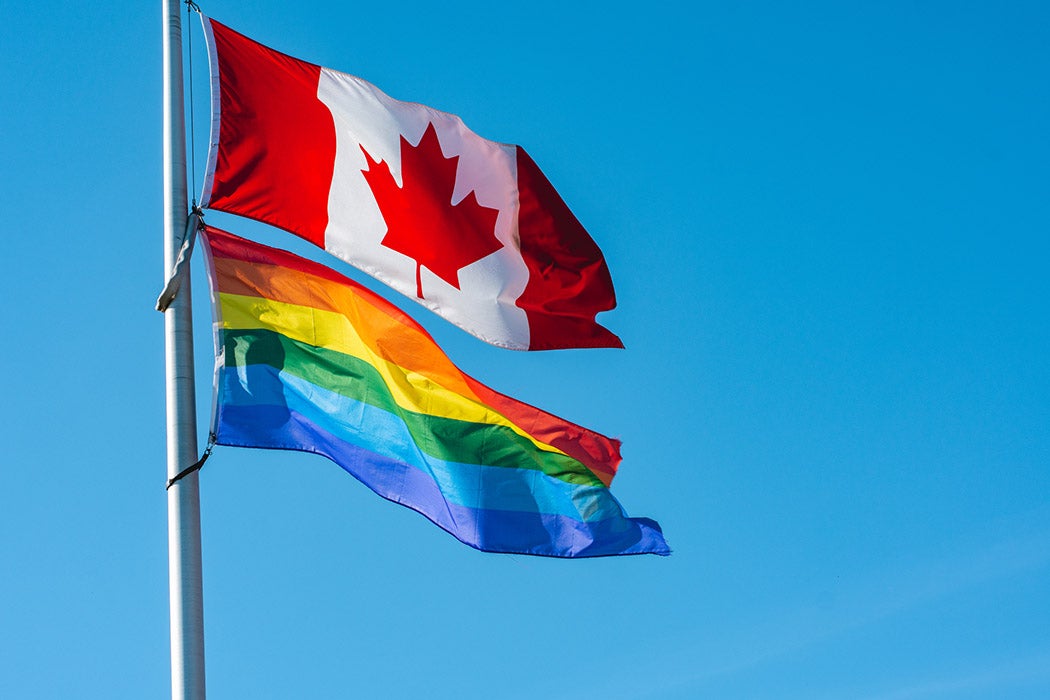Fans of The Handmaid’s Tale may remember holding their breath as Emily—a lesbian imprisoned and tortured under the totalitarian regime of the former continental United States—braved a frigid river by night, washing up on Canadian soil to seek asylum. While this scene is a dystopian fictional dramatization, it reflects some truth—for decades, Canada has been a safe haven for LGBTQ+ refugees seeking to escape persecution in their home countries.
Although it may be a relief to live somewhere that allows fuller expression of identity, the process of claiming asylum and joining Canadian society is not always simple. There are many complexities in the lived experience of LGBTQ+ refugees, especially for those who hold multiple historically marginalized identities.
As anthropologist David A.B. Murray writes, claiming asylum on the basis of sexual orientation or gender identity persecution requires an individual to “prove” both the identity in question and the fact that they have been persecuted for holding this identity. This process may include “coming out” to officials, showing personal documents such as letters from loved ones, and even volunteering in Canadian LGBTQ+ community organizations.
Murray also argues that these personal accounts are evaluated through standards “that reflect white, middle-class LGBT experiences.” In the shadow of settler colonialism, traditional and Indigenous gender systems have been criminalized, erased, and overwritten by Western binary norms. Refugees with alternative experiences of sexuality and gender may not fit within the Western model—and forcing them to fit is its own form of structural violence. Research by Edward Ou Jin Lee and Shari Brotman adds that, for many refugees who have escaped persecution, the process of repeatedly “coming out” to strangers or recounting traumatic experiences may be distressing and harmful.
The experience of LGBTQ+ refugees in Canada may be especially salient to transgender and nonbinary people in the United States as they face an onslaught of laws restricting public expression, access to gender-affirming healthcare, usage of public facilities, and inclusion in gendered activities. Importantly, these laws are a return to, and continuation of, historical enforcement of heterosexual and cisgender norms.
Weekly Newsletter
Canadian citizens have developed a petition calling to extend the right for asylum to American transgender and nonbinary refugees. Refugee advocates indicate that this may be difficult because the United States is the only other country legally considered by Canada as “safe” for refugees. Even if this petition does not reach the House of Commons, it demonstrates a paradigm shift in the common perceptions of opportunity and restriction for residents of Western countries.
Under the current political climate, LGBTQ+ citizens of a traditionally “safe” country are becoming unsafe and unable to access their “unalienable rights” of “Life, Liberty, and the pursuit of Happiness,” alongside the countries that Canada has received LGBTQ+ refugees from for decades. Only time can tell whether the United States will overcome eliminationist legislation to withhold its reputation as a global refuge—or become a “country of origin” to those who have fled persecution and claimed asylum across the northern border.







